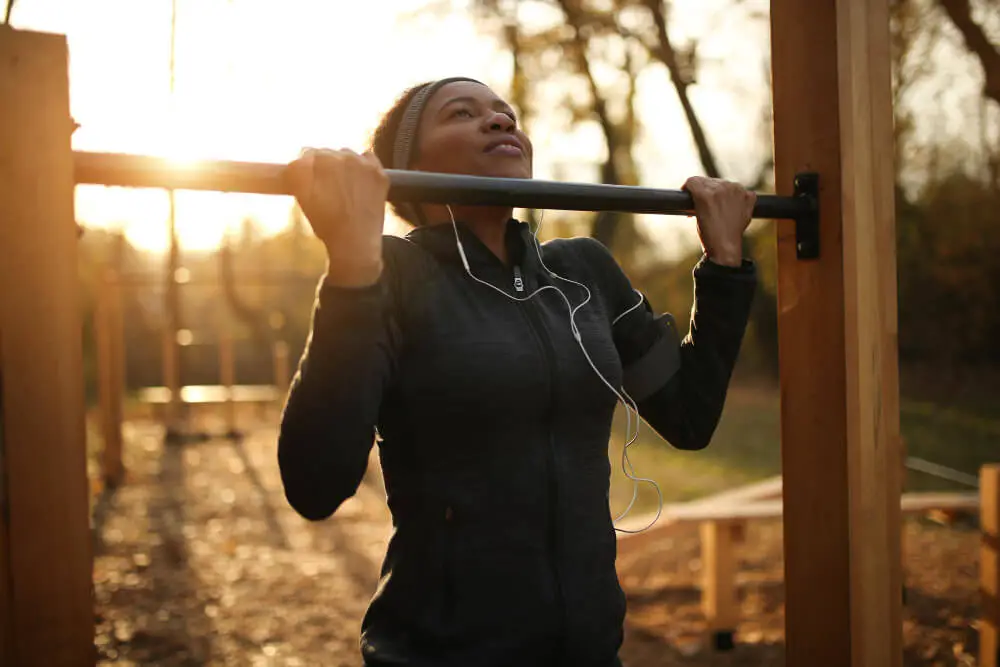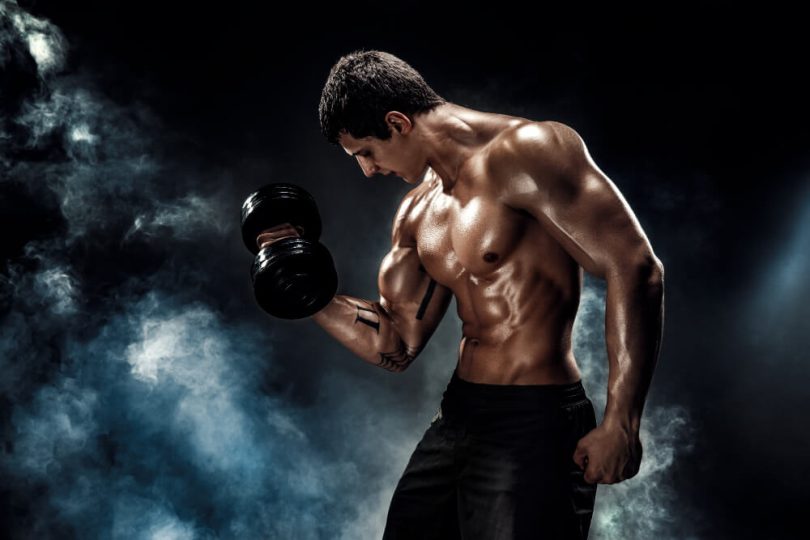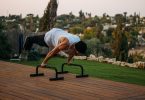Do Lifting Weights Improve Your Jawline
There are certain things you can do to improve the appearance of your jawline, even though you can’t completely battle the effects of aging or heredity. The jaw muscles can be strengthened by exercise, which also helps to provide the appearance of a more defined jaw.
Do Lifting Weights Improve Your Jawline
No, if by “jawline” you mean the jaw bone. Even if you consider the fatty and muscular components of the jaw, the answer is still largely negative.
Assuming you mean a more defined jawline in terms of a more chiseled appearance, the answer is that it depends on your taste, but ultimately, your jawline will be determined by your genetics. Accept your current situation and move on. But there are useful exercises you can do.
Facial exercises will help you get rid of that baby face by strengthening the muscles in your face and increasing the prominence of your jawline and cheekbones. What’s more, it’s essential to maintain a youthful appearance.
Valeria Georgescu, founder of FACE (Facial Activation Conscious Engagement) Val-U, explains, “Your skin begins to deteriorate at age 25,” so if you don’t use these muscles, they’ll atrophy and your face will droop.
Facial structure alters naturally with aging. Skin sags and jaw muscles weaken as extra fat accumulates in the neck. Your jawline may lose some definition as a result of this.
While it’s normal for your face to shift as you get older or due to genetics, you may take steps to restore your jawline’s definition with the help of a few simple exercises.
Subtle improvements, such as more pronounced cheekbones and a stronger jawline, can be achieved with regular exercise of the neck, chin, and jaw muscles. Regular facial exercise for 20 weeks resulted in plumper cheeks and a younger look, according to one study.
The benefits of these routines extend beyond a more defined and youthful appearance to the neck, head, and jaw as well. Chronic pain in the jaw muscles, bones, and nerves (known medically as temporomandibular disorders) may be alleviated with the help of jawline exercises, according to research.
Exercises to Help Define the Jawline
Around a typical gym situation, the muscles in the jaw and neck are rarely worked out. This can, over time, cause the skin to sag, the jawline to become less defined, and even pain in the neck.
These exercises for the jawline can help reduce neck pain, jaw pain, and headaches in addition to creating a more defined jawline for the user.
Neck Curl-Up
Neck crunches are very similar to crunches and curls for abs. Because this engages muscles in your neck that are little utilized, you should proceed with caution and cease if you experience any discomfort.
- Place your tongue firmly on the top of your mouth while you are lying on your back.
- Bring your chin to your chest and pull your head up off the ground about two to three inches.
- Repeat the last step while slowly lowering your head.
Vowel Exercises
This workout targets the muscles around your lips, and it does so by having you sound out vowels while also expanding your mouth.
- Make an “O” sound by opening your mouth in this way. To increase the contraction of the muscles, emphasize the vowel.
- The next step is to open your mouth wide and make an “E” sound as loud as you can.
- Perform the “O” and “E” movements again and again.
Collarbone Backup
The workout for your collarbone works the muscles that are located under your chin and provides support for your jaw.
- Take a seat, either on the ground or in a chair.
- Bring your head back a few inches until you feel the muscles on the side of your neck contract. At the same time, make sure that your chest remains as still as possible and that your ears remain in position over your shoulders. Maintain a horizontal line from your chin to the floor as you move.
- Perform the same motion again, but this time push your head forward as you do it.
Chin-Up
The chin-up exercise tones the facial muscles in the lower side of your face, including your jaw. This results in a more lifted appearance.
- Put your teeth together and move your jaw forward while keeping your mouth closed.
- Raise your lower lip and continue to push yourself upward until you feel the muscles in your chin and jawline stretching.
- Hold this position for approximately ten seconds before moving on to the next part of the workout.
Tongue Twister
Toning the jawline requires working the muscles underneath the chin, and the tongue twister does just that.
- Position your tongue so that it is just behind your teeth and on the roof of your mouth.
- Create some tension by pressing the back of your tongue firmly against the roof of your mouth.
- To get your muscles moving, hum and generate a sound like they’re being vibrated.
Think about safety
However, it is essential to move slowly through each of these exercises to avoid injury. In many people, the muscles along the jaw and neck are not as developed as they should be.
This indicates that going too quickly or doing too many repetitions can produce strain on the neck. Stop performing these exercises as soon as possible if you experience any kind of pain while doing them. If the pain continues after you have checked your form and made sure that your neck is oriented correctly, you should consult a doctor.
To observe significant benefits, it is recommended by specialists to engage in physical activity for around half an hour, six days each week. It is better to start with a short amount of time each day and gradually increase it from there.
It takes time to develop these muscles, and it takes even longer to see returns from that time investment. If you perform these exercises with excessive force, you run the risk of causing damage to the bone or cartilage that cushions the jaw joints, which can result in pain and injury to the jaw.
If you already have jaw pain, you should consult a healthcare practitioner or a neuromuscular dentist to determine whether or not the exercises in this article are appropriate for you to perform.







